Table of Contents
So if you’re hoping to grab a new portable SSD for Black Friday or Cyber Monday, we’ve gathered the best portable SSDs together to help you start your research ahead of the big day, or even if you can’t wait for upcoming holiday deals and need something right away, we’ll help you get the best device for your budget and needs.

Backup your portable SSD with this cloud storage solution
IDrive, the cloud storage veteran, delivers tons of storage online for an incredibly small outlay. 5TB for $3.98 for the first year is unmatched till now and so is the support for unlimited devices and the extensive file versioning system available.

If you’re looking for a portable SSD with lots of features, then you might want to take a look at the Samsung T7 SSD. This external storage is not only fast – with sequential read and write speeds of up to 1,050 and 1,000 MB/s, respectively – but it also boasts quite a few nifty features in its palm-sized package.
The most important of those features is, of course, its built-in security options that use AES 256-bit encryption and give you the option to use fingerprint sign-in, which you can set-up through its own management software.
Overall, the Samsung T7 SSD is one of the best portable SSD’s currently available and well worth considering for purchase.

Samsung is a company that has made some brilliant portable SSDs, and you’ll see a number of its devices on this list, however, the Samsung Portable SSD T5 is our pick of the best portable SSD of 2018.
It builds on the brilliant design and performance of its predecessor, the Samsung T3 SSD (also on this best portable SSD list), but brings it up to date with an incredibly fast USB Type-C connection that ekes out every last drop of performance from the solid-state drive inside.
Of course, it’s also backward compatible with USB 3.0 and USB 2.0 if your PC doesn’t have USB Type-C. It’s expensive, but it’s well worth the cash.
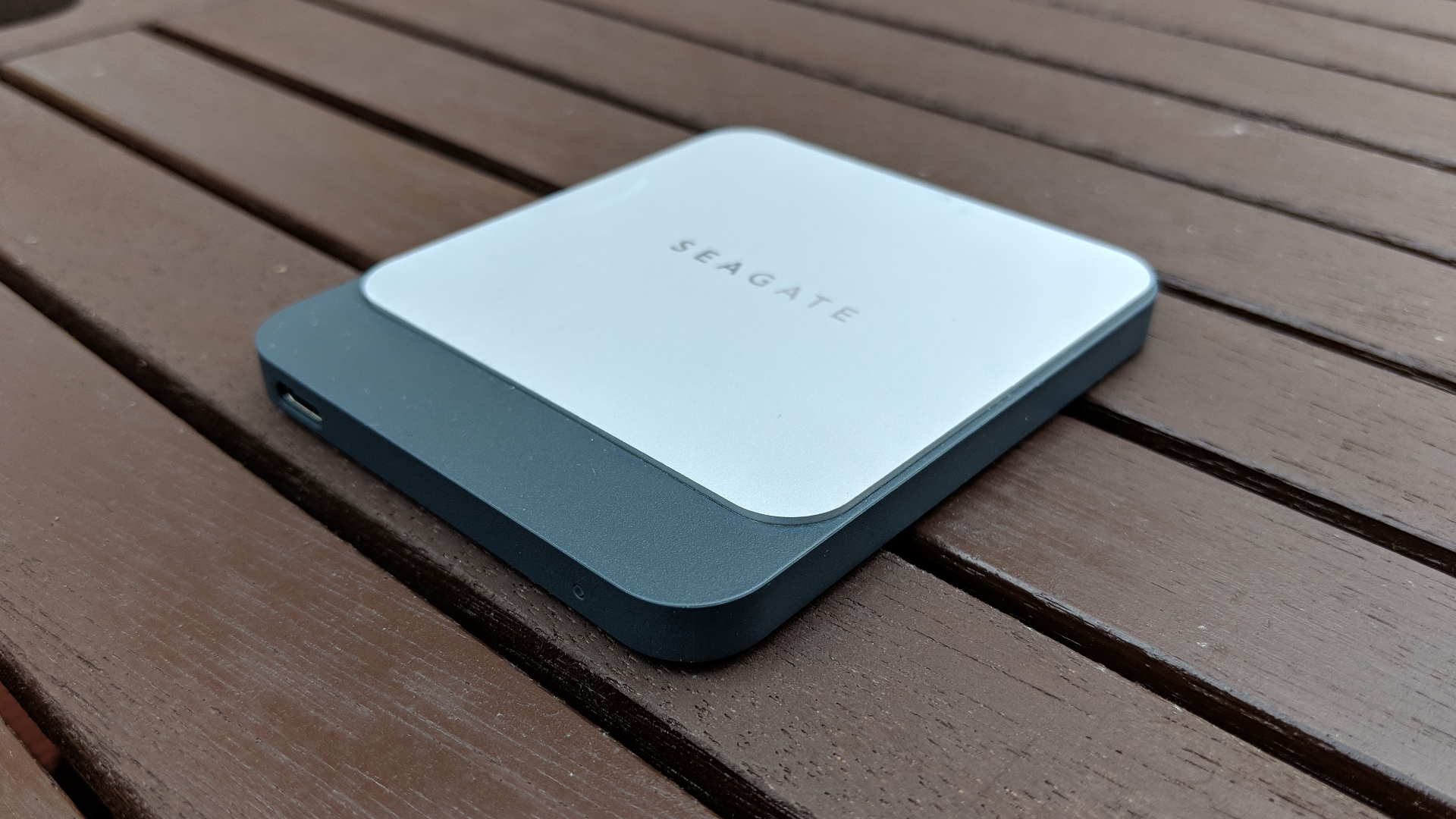
Seagate is a well-known brand when it comes to storage, and it’s brought its impressive experience to the portable SSD market with the brilliant Seagate Fast SSD.
This is an impressively slim external SSD, at only 9mm thick with a footprint of 94 x 79mm. Best of all, it’s affordable – with prices likely to drop – and it’s an excellent performer, relatively small, plus it has a nice design and a three-year warranty.
The Seagate Fast SSD is well worth considering if you’re looking for a the best portable SSD for a low price.
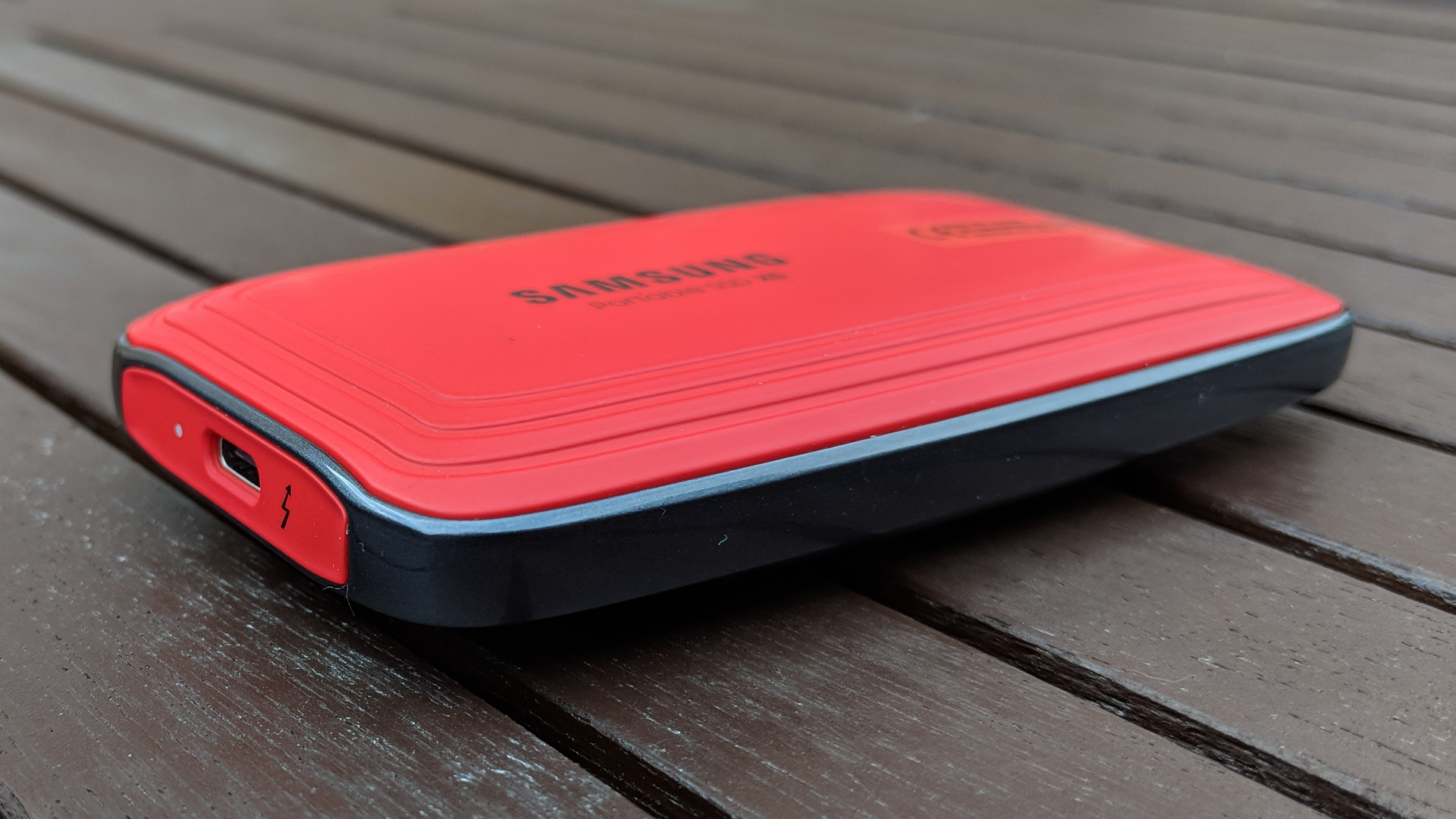
If you want speed above all else, and money is (almost) no object, than the Samsung X5 Portable SSD is the best portable SSD for you. It comes with a Thunderbolt 3 connection that takes full advantage of the super-fast speeds of the brilliant Samsung 970 Evo NVMe SSD that comes inside.
However, that pure dedication to speed comes at some expense. First, there’s the financial expense, as this is a pricey external SSD. It’s also larger and bulkier than the Samsung T3 or Samsung T5, which are also on this list. The device is fairly heavy at 150g, triple the weight of the Samsung T5, and at 116 x 60 x 18mm, it can best be described as portable rather than miniature.
However, when it comes to performance, the Samsung X5 Portable SSD is definitely the portable SSD to go for.
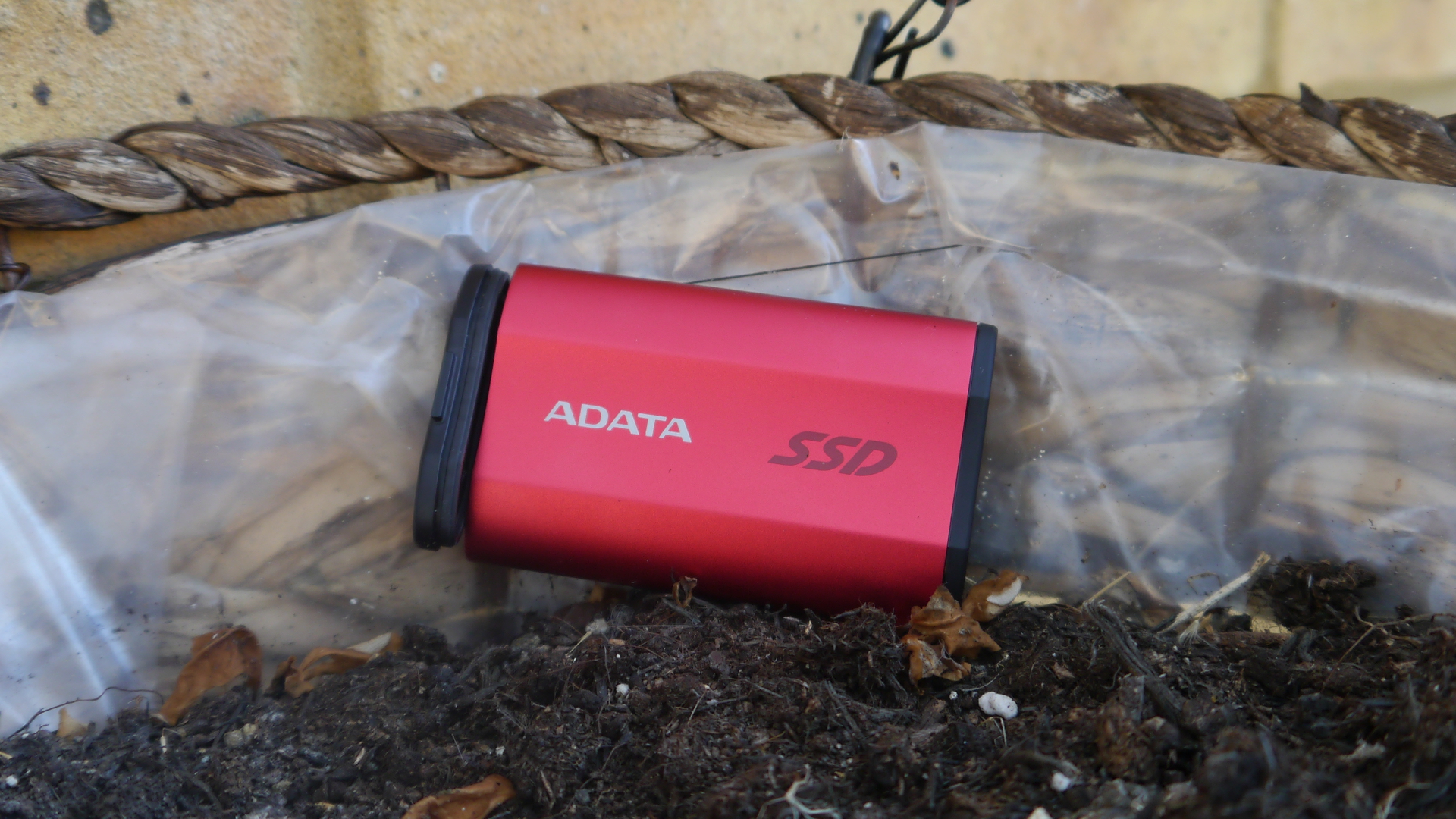
This small and compact external hard drive offers very decent speeds, as well as a rugged body that keeps it safe from water – as well as drops and knocks. It’s not the fastest drive out there – as it’s still reliant on the aging SATA technology, rather than the newer – and faster – NVMe tech, but for the money, you’re still getting a brilliant performer.
Adata claims this is the most compact external SSD, and with dimensions of 72.7 x 44 x 12.2mm and weighing only 37g excluding the cable, it is smaller and lighter than Samsung’s T3 and T5 drives – which are also on this list of the best portable SSDs. While it is pricey compared to some of the other external SSDs we have on this list, remember that it comes with military-certified protection.
The stringent MIL-STD-810G 516.6 impact resistance test so it should survive accidental drops and shocks without much damage. If you shop around, you can also get it for less than its RRP.
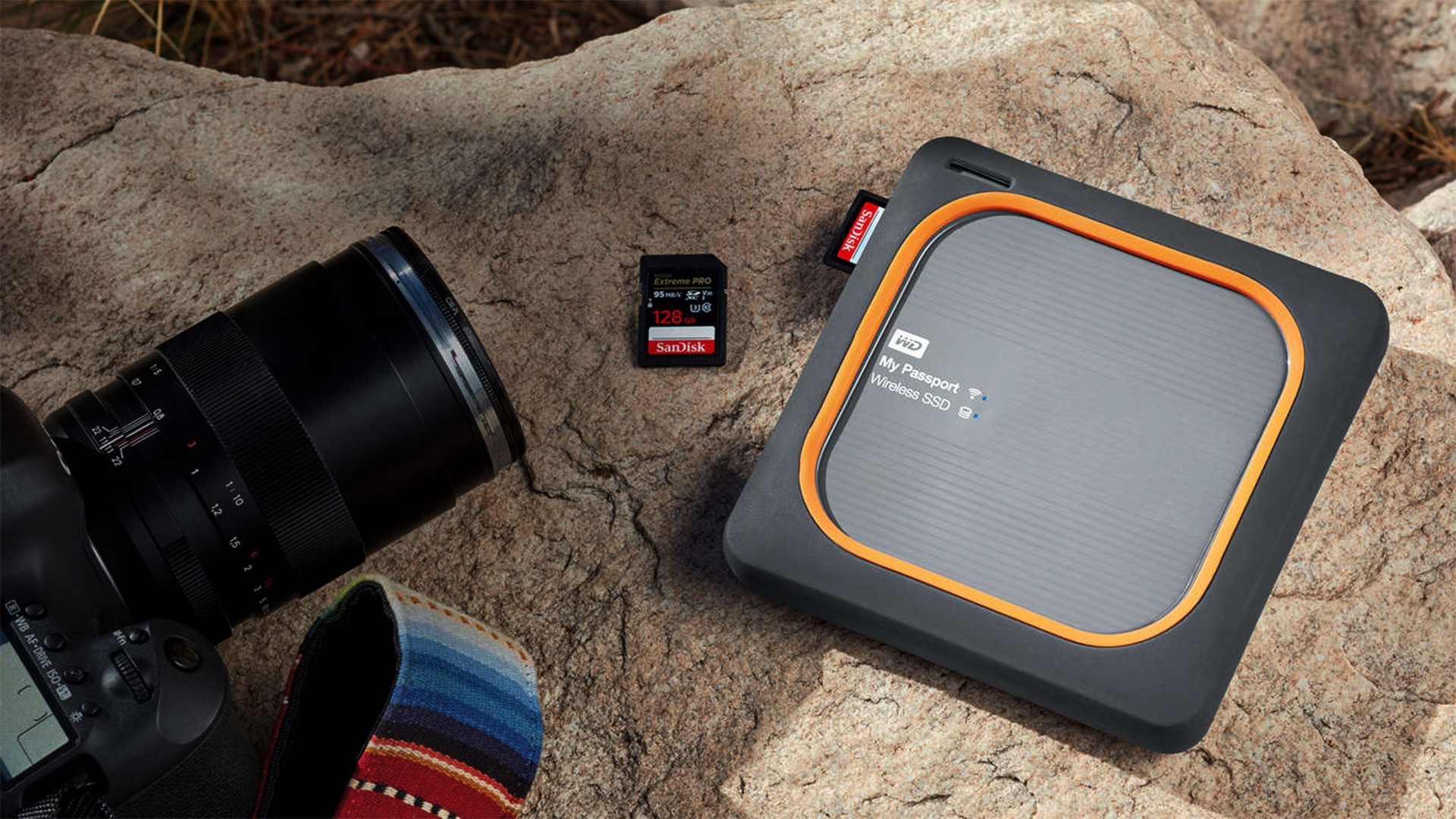
Storage giant Western Digital is no stranger when it comes to storage gear aimed specifically at pro photographers, and the WD My Passport Wireless SSD it has created another brilliant device that photographers (or even regular users) will love.
The WD My Passport Wireless SSD joins WD’s growing stable of wireless hard drives, which allow you to view and move files via a Wi-Fi connection, rather than with a cable, which is handy.
However, over Wi-Fi, you’re not utilizing the full speed of the SSD. It also connects via USB 3.0, which offers very good speeds, but not quite as fast as USB Type-C or Thunderbolt. But the flexibility and durability of the WD My Passport Wireless SSD is certainly tempting, plus it comes with a built-in SD card reader, making it one of the best portable SSDs for photographers.
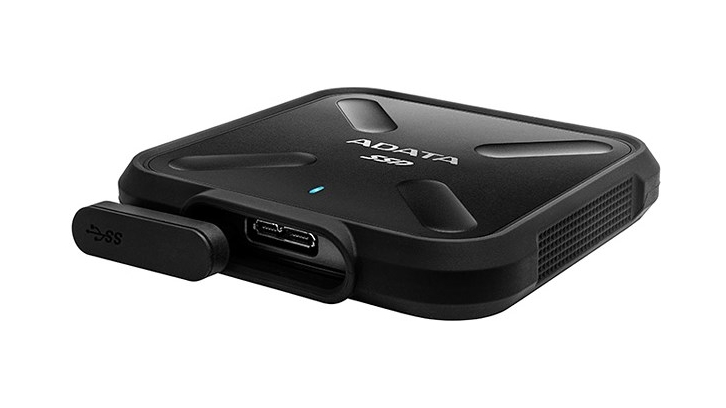
The Adata SD700 will suit those looking for a rugged storage device that can provide ample capacity without costing too much. It offers good speeds, and it’s IP68 rated, which means you can carry it around with you without worrying about it getting damaged.
The Adata SD700 External SSD comes in capacities up to 1TB, so you don’t have to worry about missing out on storage space just because it uses an SSD. However, it doesn’t come with the new USB Type-C connection, which means speeds aren’t quite as fast as they could be.
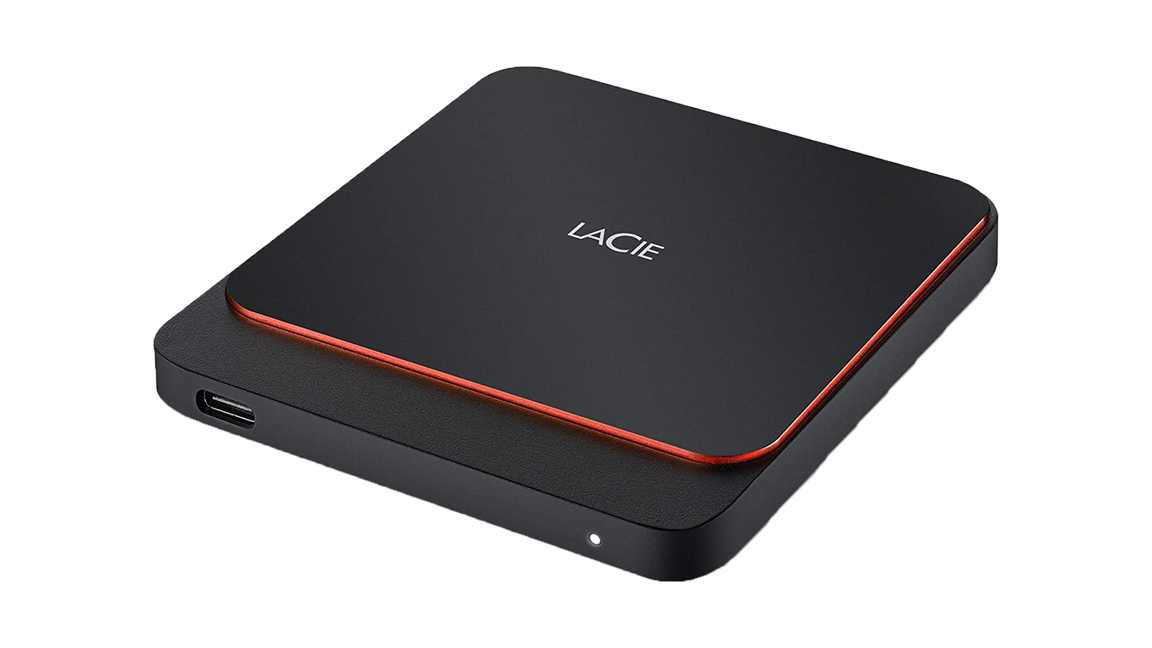
There’s a reason why LaCie is among the few brands trusted by creators and digital nomads alike. The manufacturer has designed its hard and solid state drives to be travel-friendly, making them rugged enough to survive most accidental drops, as well as being lightweight and shock-resistant.
That is, while it may not have that rugged build that Lacie’s storage drives are known for, it is still built for travel. It’s versatile too when it comes to connectivity – while it does have that USB-C connection that’s best for MacBooks and the Dell XPS line, it also allows USB 3.0 connectivity for the other laptops out there.
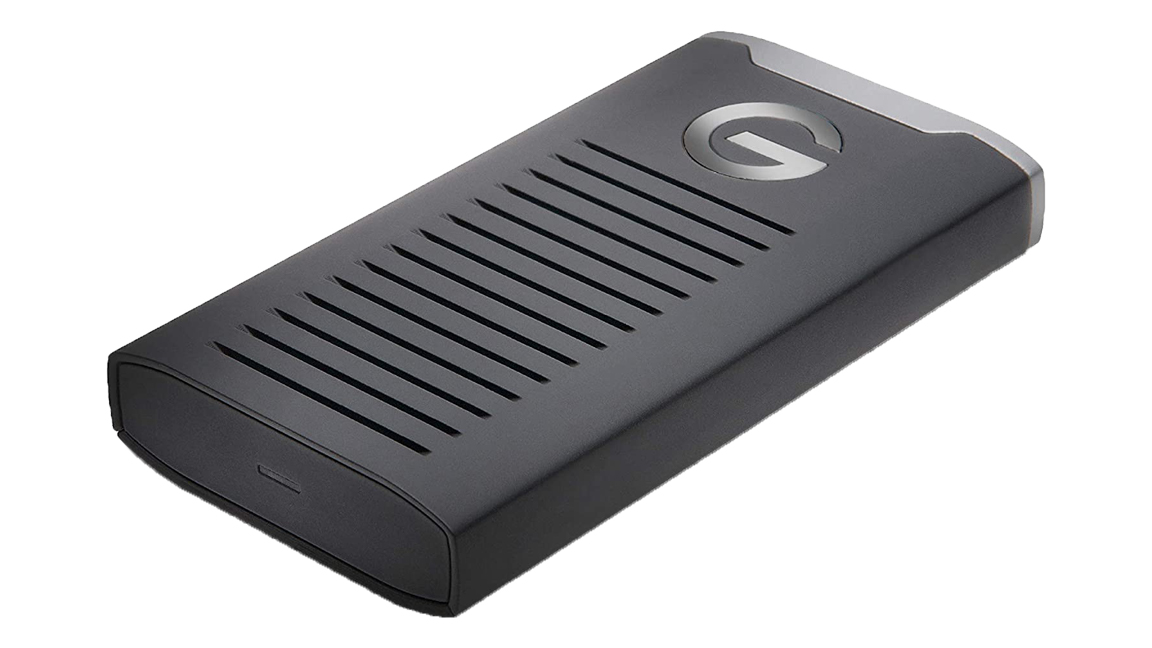
When it comes to keeping your files safe and secure – whether from prying eyes or accidents – G-Technology is still king. The manufacturer’s G-Technology 1TB G-DRIVE mobile SSD, for example, is IP67 water and dust resistant can survive falls of up to 3 meters and has a 1,000-lb crush resistance.
Impressed yet? Its transfer rate of up to 560MB/s and USB 3.0 and Thunderbolt 3 compatibility should sweeten the pot. That is, as long as you’re willing to pay for it. Much like the LaCie Portable High-Performance External SSD, this isn’t exactly among the cheapest options out there.
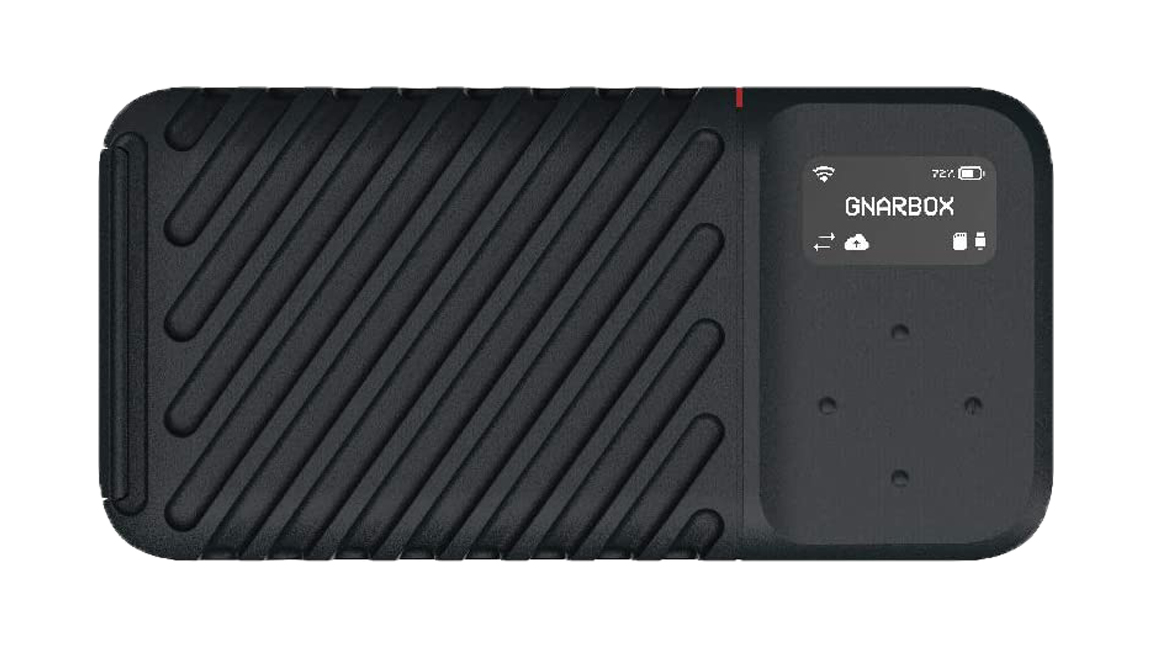
Gnarbox’s rugged backup SSDs have a very specific purpose. They’re designed for photographers and videographers to have a convenient and reliable backup drive for their precious high-resolution files while in the field.
The GNARBOX 2.0 SSD might not be for regular users, but it’s kind of an ingenious piece of peripheral for content creators – not just for backing up files but also for making space.
Who hasn’t run out of space in their SD card while they’re on a shoot? And, because it is designed to survive the great outdoors, it’s water, dust, and shock–resistant as well. This is, hands down, the best external SSD for the adventurous creative set.
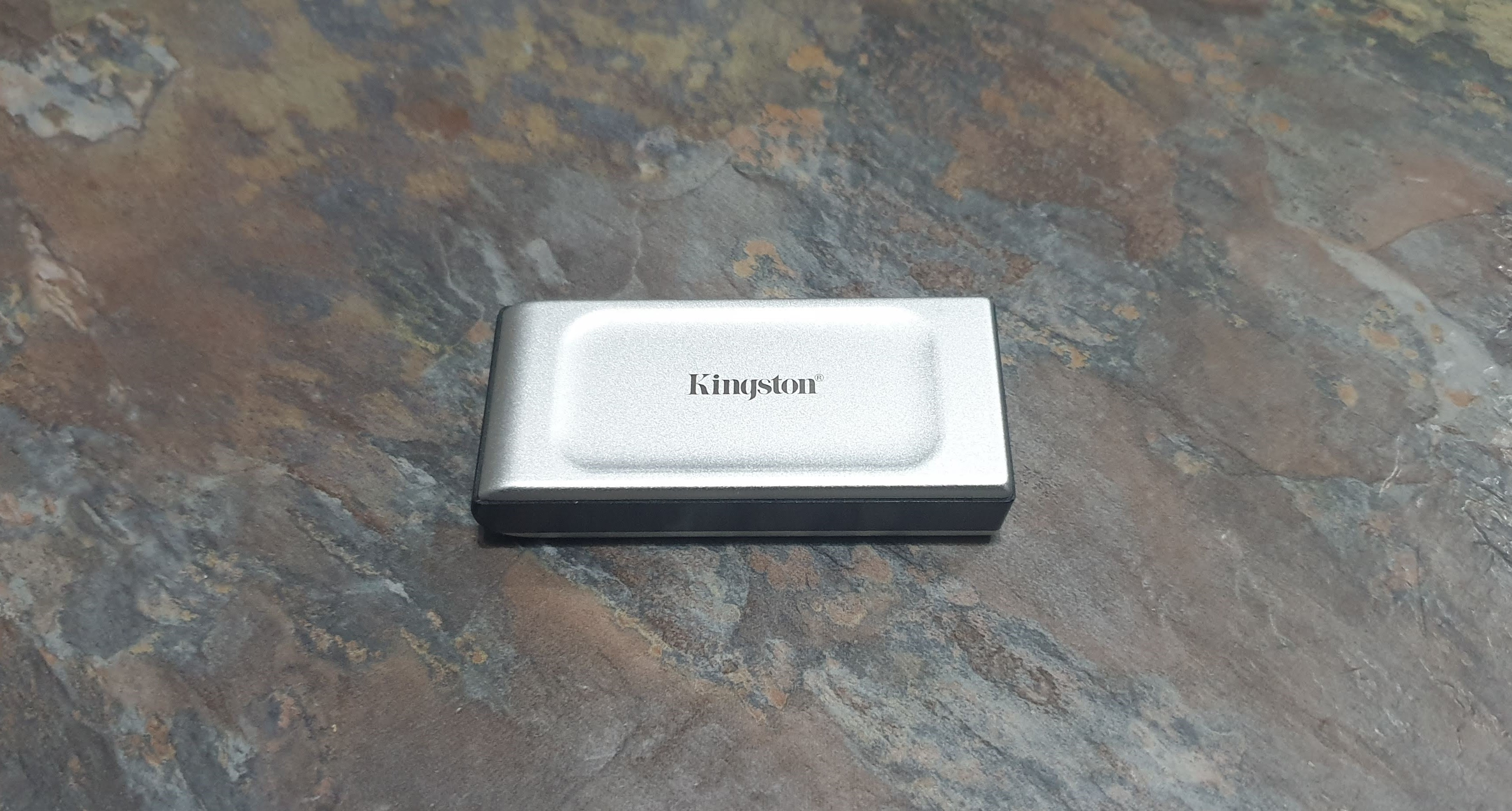
The Kingston XS2000 is one of the first and maybe only portable SSDs to feature USB 3.2 Gen 2×2. As a result, the device has impressive speeds with Kingston claiming it can reach up to 20000MBps read/write. Keep in mind though that your hardware will need to be compatible with the USB 3.2 Gen 2×2 protocol to take full advantage of this portable drive.
In addition to being fast, the Kingston XS2000 is also light at just 29g and quite compact. Kingston also includes a rubber sleeve to further protect this water resistant, dust resistant and shockproof drive.
What is NAND flash?
NAND holds several advantages over HDD, for instance, it has no moving parts, thus in theory data won’t be affected by accidental drops or falls. NAND Flash devices tend to be smaller and lighter in comparison to HDD, but most importantly, the performance of NAND Flash devices is considerably larger than the one from HDD ones.
The major drawback of NAND comes from the fact that they tend to be expensive on a dollar per gigabyte basis, especially when compared to more traditional hard drives. The two most common ways to offset this problem are by either adding bits per cell or by moving away from 2D planar technology to 3D NAND technology and beyond.”
What is 3D NAND flash?




